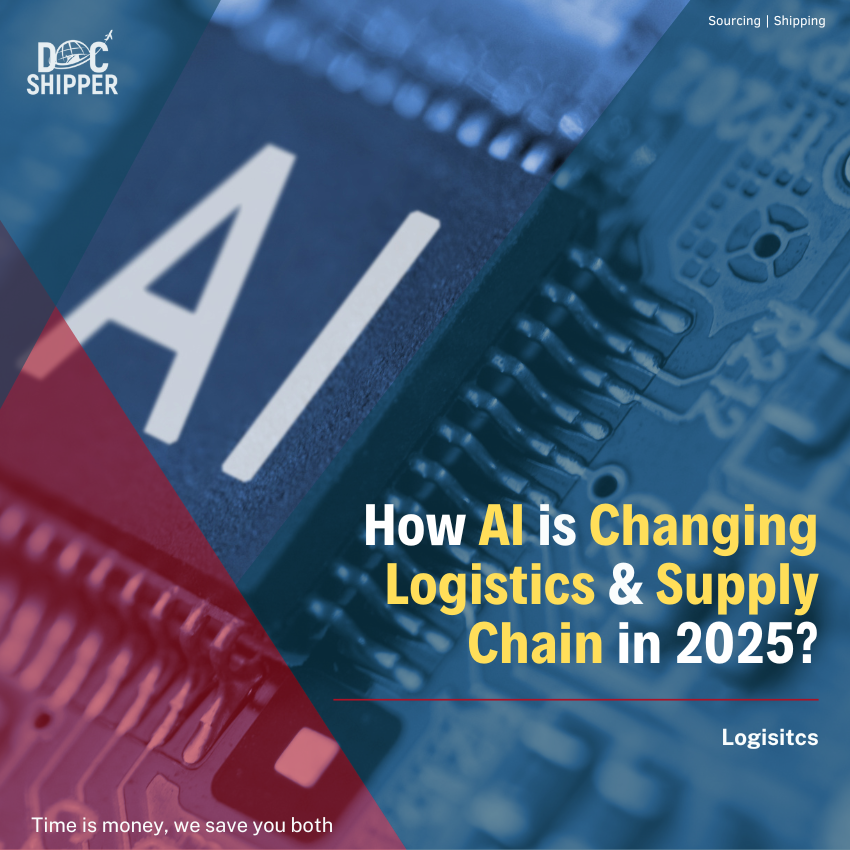US Tariffs Trigger Chaos in Freight Markets 2025
Introduction: The global freight landscape has been dramatically transformed since the implementation of sweeping US tariff changes in early 2025. These policy shifts have created
How AI is Changing Logistics & Supply Chain in 2025?
Introduction In 2025, putting AI in supply chain is no longer just a competitive advantage—it’s become an essential survival tool for logistics providers and supply

